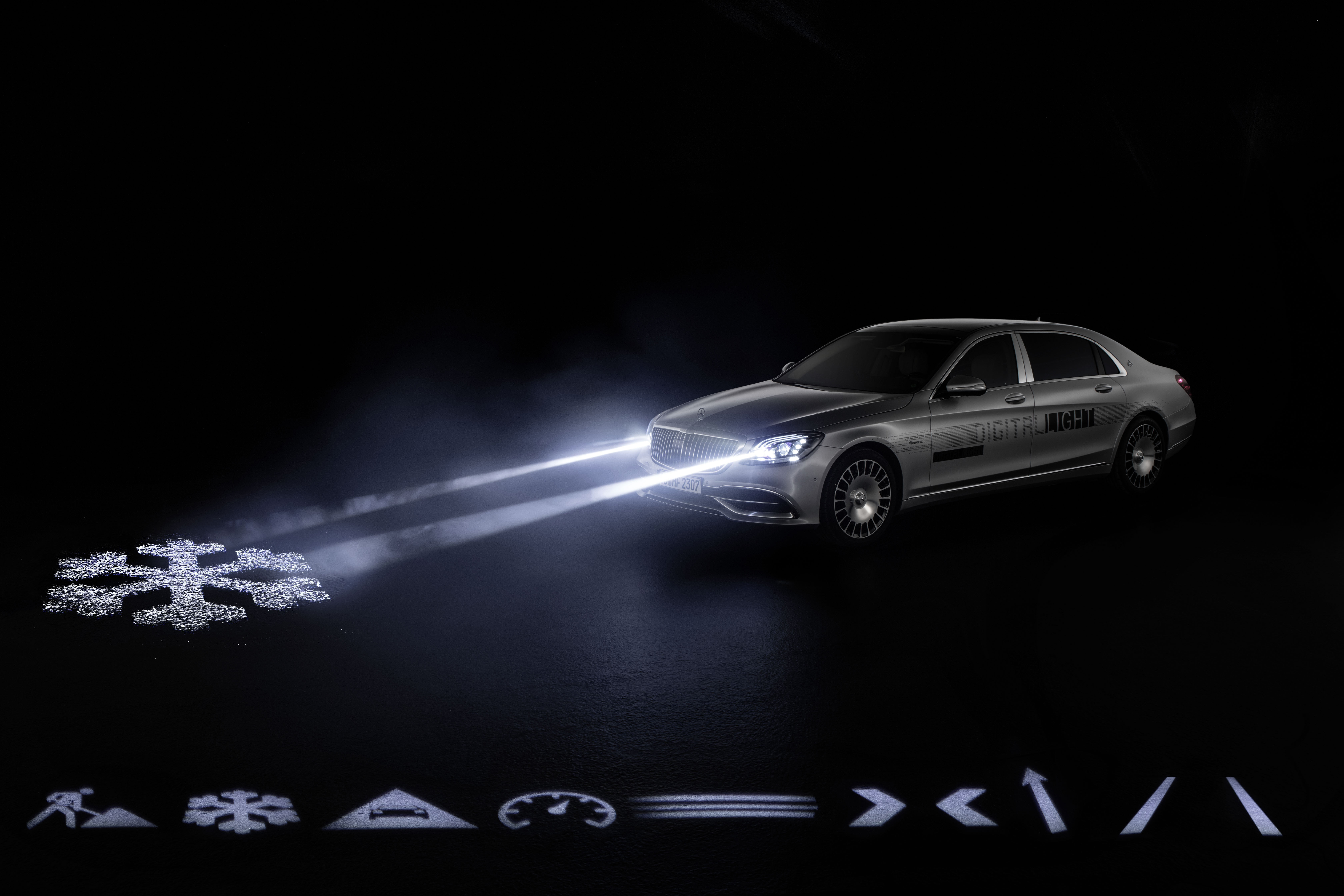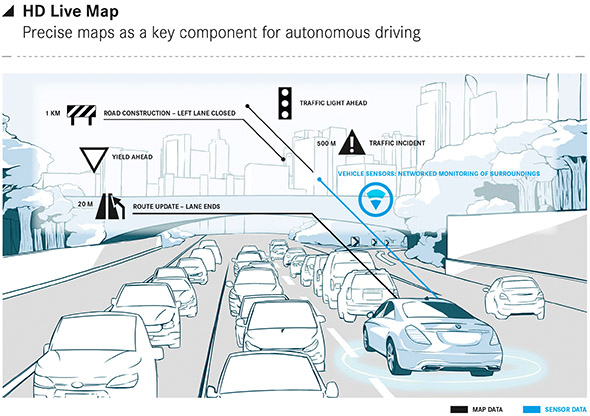Technology
Braking Bag a braking parachute for the car


Airbags in cars have previously only been used as a restraint system for the occupants.
In the future they might also be a PRE-CRASH- component, activating an auxiliary brake in the vehicle floor and improving both deceleration and compatibility with the other vehicle involved in the accident.
Energy is not only reducible by braking the road wheels: jet fighters and dragsters use braking parachutes, for example.
And as early as 1952, Mercedes-Benz was already experimenting with an air-brake at the Le Mans race: when decelerating, the driver was able to move a metal panel on the roof of his racing SL to a vertical position.
[adsense]
Even earlier, coachmen used special wheel chocks. These were placed in front of one of both rear wheels on long downhill gradients, and their iron-clad base helped to brake the vehicle during the descent.
This is an old idea that Mercedes safety researchers have revitalised on a similar principle with the Braking Bag, an airbag installed between the front axle carrier and the underbody panelling.
If the sensor system concludes that an impact is inevitable, the PRE-SAFE® system not only initiates automatic emergency braking.
At the same time the Braking Bag is deployed just before the crash, supporting the car against the road surface by means of a friction coating.
The vehicle’s vertical acceleration increases the friction and has an additional braking effect before the impact.
The Braking Bag uses the PRE-CRASH sensors in Mercedes-Benz cars, which are already able to initiate preventive occupant protection measures in critical driving situations.
There are several advantages to this unusual auxiliary brake:
- The rate of deceleration is briefly increased to over 20 m/sec/sec. This scrubs additional energy beyond the potentials of a wheel brake, thereby reducing accident severity.
- Because the car is raised upwards by up to eight centimetres within a short time, the dive effect that occurs with conventional brakes is substantially compensated. This improves geometrical compatibility with the other party in an accident.
- This vertical movement also improves the effects of the restraint systems: the seats move towards the occupants by around three centimetres, which enables the belt tensioners to take up more slack. The high deceleration rate before the impact has a “pretensioning” effect on the occupants, so to speak.
- Downward support for the vehicle during the crash reduces the typical diving motion during a collision.

All in all, the braking airbag has the effect of an additional crumple zone. Mercedes engineers have calculated that even at a low 50 km/h, the additional deceleration has the same effect as lengthening the front end by 180 mm.
Initial driving tests in a C-Class have already shown the effectiveness of this new auxiliary brake – though it will still be some time before the Braking Bag becomes another component of the PRE-SAFE® system.
Airbags in cars have previously only been used as a restraint system for the occupants.
In the future they might also be a PRE-CRASH- component, activating an auxiliary brake in the vehicle floor and improving both deceleration and compatibility with the other vehicle involved in the accident.
Energy is not only reducible by braking the road wheels: jet fighters and dragsters use braking parachutes, for example.
And as early as 1952, Mercedes-Benz was already experimenting with an air-brake at the Le Mans race: when decelerating, the driver was able to move a metal panel on the roof of his racing SL to a vertical position.
Even earlier, coachmen used special wheel chocks. These were placed in front of one of both rear wheels on long downhill gradients, and their iron-clad base helped to brake the vehicle during the descent.
This is an old idea that Mercedes safety researchers have revitalised on a similar principle with the Braking Bag, an airbag installed between the front axle carrier and the underbody panelling.
If the sensor system concludes that an impact is inevitable, the PRE-SAFE® system not only initiates automatic emergency braking.
At the same time the Braking Bag is deployed just before the crash, supporting the car against the road surface by means of a friction coating.
The vehicle’s vertical acceleration increases the friction and has an additional braking effect before the impact.
The Braking Bag uses the PRE-CRASH sensors in Mercedes-Benz cars, which are already able to initiate preventive occupant protection measures in critical driving situations.
There are several advantages to this unusual auxiliary brake:The rate of deceleration is briefly increased to over 20 m/sec/sec.
This scrubs additional energy beyond the potentials of a wheel brake, thereby reducing accident severity.
Because the car is raised upwards by up to eight centimetres within a short time, the dive effect that occurs with conventional brakes is substantially compensated.
This improves geometrical compatibility with the other party in an accident.

This vertical movement also improves the effects of the restraint systems: the seats move towards the occupants by around three centimetres, which enables the belt tensioners to take up more slack.
The high deceleration rate before the impact has a “pretensioning” effect on the occupants, so to speak.
Downward support for the vehicle during the crash reduces the typical diving motion during a collision.
All in all, the braking airbag has the effect of an additional crumple zone. Mercedes engineers have calculated that even at a low 50 km/h, the additional deceleration has the same effect as lengthening the front end by 180 mm.
Initial driving tests in a C-Class have already shown the effectiveness of this new auxiliary brake – though it will still be some time before the Braking Bag becomes another component of the PRE-SAFE® system.





